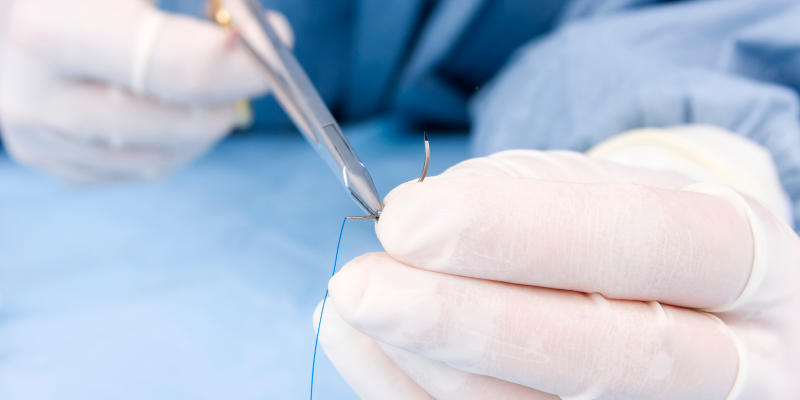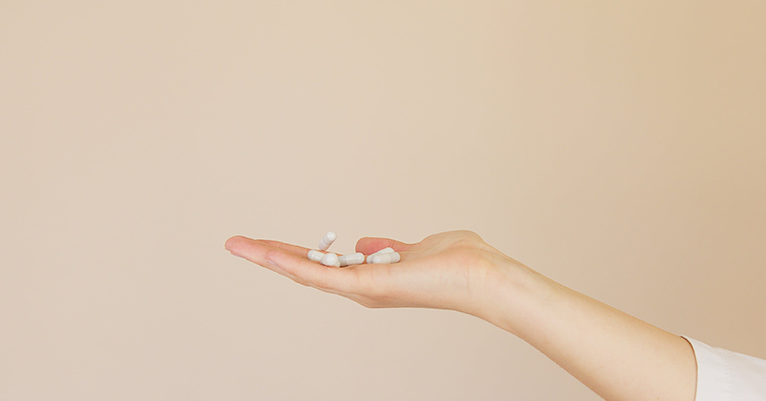
After undergoing bariatric surgery, managing your surgical incisions properly is crucial to ensure a smooth and healthy recovery. Minimally invasive bariatric surgery typically involves making several small incisions on the abdomen, usually five to six, none of which are more than an inch in length. These incisions are typically closed with absorbable sutures beneath the skin and sealed with skin glue, which protects the incisions shortly after the procedure. In this blog, we will address proper post-bariatric surgery incision care.
Proper Techniques for Post-Bariatric Surgery Incision Care
One common question from patients is when they can resume showering post-surgery. Generally, patients are cleared to shower the day following their surgery, although specific instructions may vary depending on the closure technique used by the surgeon.
A vital aspect of incision care is to avoid over-cleaning the incisions. It is unnecessary to scrub the incisions or to use harsh agents like alcohol or peroxide. Instead, a gentle wash with soap and water during your regular showering routine is sufficient unless your doctor advises otherwise. It’s important not to remove any scabs that form as these are part of the natural healing process.
For incisions sealed with surgical glue (Dermabond) or adhesive strips (Steri-strips), resist the urge to pick at or peel off these materials. Additionally, it’s advisable to avoid submerging your incisions in water, such as in a bath or swimming pool, for at least one to two weeks post-surgery.
Monitoring Your Incisions for Signs of Complications
Despite the use of advanced, minimally invasive techniques, the recovery process can still present challenges such as minor drainage from the incisions. It’s normal to see a clear or reddish fluid, which can simply be covered with gauze. However, if you notice swelling, increased pain, or bruising around the incisions, these could be signs of complications such as infection or hematoma. Typically, bruising becomes noticeable about a week post-operation and might include some dark, bloody drainage which should be evaluated by your surgeon.
Infections, while rare (occurring in less than 1% of cases), need to be taken seriously. Signs of infection include worsening pain, redness, swelling, or any drainage that is cloudy or foul-smelling. These symptoms require immediate medical attention.
Physical Activity and Incision Healing
Your physical activity post-surgery will also influence the healing of your incisions. Although walking is encouraged from the day of the surgery to promote circulation and reduce the risk of blood clots, heavy lifting should be avoided for the first three to four weeks post-operation. Lifting heavy objects can place undue stress on the incisions, potentially leading to tearing.
If any physical activity causes pain at the incision site or abdominal wall, it should be avoided to prevent aggravating the area. However, internal healing typically progresses well by the second week post-surgery, allowing most activities without risking harm to the incisions. Pain during certain activities is a signal from your body to take it easy and allow more time for healing.
Conclusion: The Importance of Post-Bariatric Surgery Incision Care
Effective postoperative care, including careful management of your surgical incisions, is essential for a smooth recovery after bariatric surgery. By following these guidelines—gentle cleaning, monitoring for signs of complications, and moderating physical activity—you can help ensure your incisions heal properly without additional complications. Remember, every patient’s recovery process is unique, so always adhere to the specific instructions provided by your surgical team. With proper care, most patients experience a straightforward recovery, moving closer to their long-term health and weight management goals.











